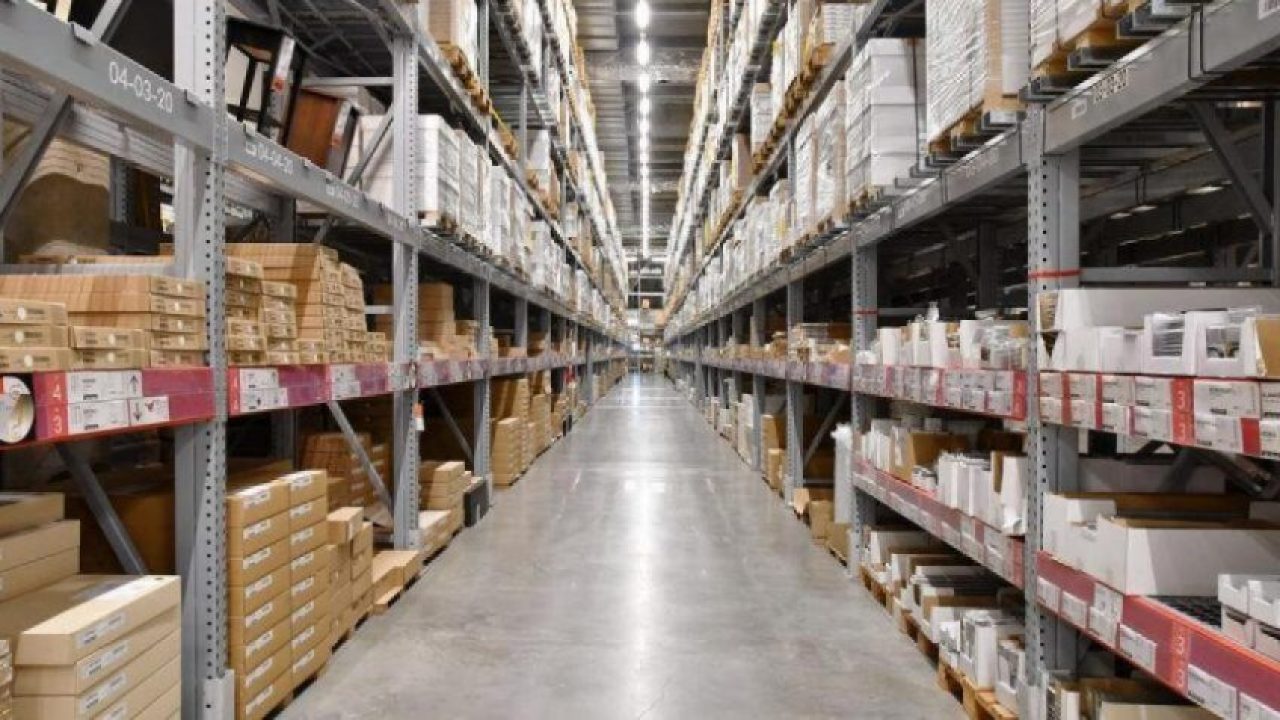Distribution Networks: The Go-To-Market Strategy
Article By : Susan Hong & Matthew Burgess

Multinational Corporations (MNCs) normally have the ambition to enter emerging markets, but how to start? Should they establish a direct presence, acquire a local business or partner with a distributor?
Tapping into a foreign market – especially a largely fragmented region with differences in language, culture and levels of business maturity – can be a very daunting task. Multinational Corporations (MNCs) normally have the ambition to enter emerging markets, but how to start? Should they establish a direct presence, acquire a local business or partner with a distributor?
Barriers to entry
“Some potential barriers for companies seeking to enter the Southeast Asia market include a lack of understanding of the needs of the region, which may differ from country to country; intense competition in standard products, both globally and locally; cultural difficulties in localizing services, support and product delivery; and possibly challenging logistics – both Indonesia and the Philippines comprise thousands of islands, for example”, said James Loh, Regional Marcom Manager, Asia Pacific South at Molex.

Andreas Mangler
“The varying governmental policies and taxation schemes, from country to country, also pose challenges”, said Andreas Mangler, Director of Strategic Marketing at Rutronik. He explains that “the political stability of certain countries breed uncertainty when companies attempt to expand into the ASEAN market”.
This is where distributors (or local channel partners) come into play. Mangler said, “Undoubtedly, Southeast Asia is a diverse region characterized with many cultures. The key is in understanding these diverse cultures, with a focus on human resources when expanding into the different Southeast Asian countries”.
Global Distributors like Rutronik, Mouser, Avnet etc., navigate these cultural challenges by being of service to their customers and often take a consultancy role. Especially as technological advancements are driving demand for electronic solutions and devices, with applications proliferating at increasing levels of complexity. The result is a growing need for support throughout the product design and development process – and that need is primarily met by the industry's distributors.
The role of the distributor
Wendell Boyd, Director of Sales and Marketing, APAC at Nordic explained: “All of our revenue goes through our distributors worldwide, this is something we do a little different to our competition”. Wendell adds, “one of our distributors, Avnet, has a strong design centre in Singapore called ADS and they have been working with us for many years”.
Due to their long-established relationship, Avnet has been able to gain a very high competency in Nordic products. Wendell explains that roughly 70-80% of Nordics customers are supported by Avnet directly. Avnet operates as Nordic’s sole design distributor in Southeast Asia, this is unique for Nordic. But Wendell argues that Nordic prefers to focus on a single distributor as, “it gives them the confidence to sell our products and we get more market share from the distributor. It also means that services such as ADS will be more efficient at selling Nordic products”.
American electronics company Bourns, Inc. have had their office in Singapore for a long time, with an “early presence in these countries, even before they caught the eyes of major investors” through the support of local distributors. CH Goh, Director Global EMS Sales at Bourns Asia told us, the culture of Southeast Asia encompasses the collective and diverse customs and traditions of doing business. “It is always a challenge to close a deal without the local representatives’ involvement”.
So far, most of Bourns’ business goes to distributors, because “most of them have an office in each country, including Vietnam, Thailand, Malaysia, Philippines and Indonesia”.
As an early mover to Southeast Asia in the 90s, Mean Well, a Taiwan-based switching power supply manufacturer, has been cooperating with local channel partners for more than 25 years. Through their channel partners, they have seen the successful expansion of their brand into Singapore, Malaysia, Indonesia and the Philippines.
According to Leo Wu, Regional Sales Manager at Mean Well, the barriers to entry can be overcome by developing long-term cooperation and mutual trust with local channel partners.
Wu believes that the successful expansion of their brand depends on their partnership with a local distributor that can take products to the next level. “We choose the right local partners instead just going for the biggest one”. He believes that the right distributors already have an existing local customer base which they can quickly tap into. They know their local market well and are a low-cost source of market information. They can also assist in product pricing and positioning strategies, customise local marketing and manage any local requirements.
Partnership or acquisition?
Perhaps this is also one of the reasons why Chroma ATE, a Taiwan-based test and measurement equipment provider, acquired Quantel. The Singapore-based distributor was founded in 1989, with 13 offices around Southeast Asia they have been promoting Chroma’s products since 1995.
Since acquiring Quantel, Chroma has decided to continue operating under the Quantel name due to brand recognition in Southeast Asia. Quantel currently act as Chroma’s gateway to Southeast Asia, according to Eric Yip, Marketing Director at Quantel.
Not only the market, but also many components are becoming ever more complex, requiring a growing amount of advice from the distributor. According to Mangler, the proportion of 'design-in' products in stock at Rutronik has now risen to 70%.
Fortunately, in addition to their classic broadline distribution business, a global distributor or a local channel partner is also a consultancy partner and, in this role, works within a complete ecosystem of proven development partners and assemblers.
From the perspective of Rutronik, corporations can benefit more from having a relationship with a global distributor, rather than staying with a domestic distributor.
Naturally, Daphne Tien, Vice President of Marketing and Business Development, APAC at Mouser Electronics, also agrees. But she feels that one of the key benefits of a relationship with a global distributer is that they can ensure the authenticity of the product. With the fake semiconductor market reaching $75 billion according to Industry Week, Tien claims that global distributors are the best way to ensure the authenticity of your products. Tien said, “a lot of people are now buying online, but you never know where those products came from. Whereas, Mouser will only purchase directly from the manufacturers”. Counterfeiters have been provided a back door into the industry as component shortages have forced electronic manufacturers and contract manufacturers to look for new sources. Traceability remains one of the only sure-fire ways to fight against the fake semiconductor market.
Most of the suppliers are dependent on their distribution networks, but they are not always perfect. Goh said, “one of the challenges of working with distributors is to get the right person. They tend to have a very unstable workforce and employees keep changing their jobs”.
“Our local partners may not have the capacity to accommodate a whole market segment, with more and more new markets emerging”, said Wu. Mean Well have made the decision to try direct sales in some emerging markets, as they have become aware of the limitations of distributors when targeting new booming markets.
Subscribe to Newsletter
Test Qr code text s ss


